It's also important to measure balance performance and activities that predict the risk of falls in adults with hip osteoarthritis.What is hip osteoarthritis (OA)? Hip osteoarthritis (OA) is a common disease with symptoms including joint pain, joint stiffness, and joint swelling. OA can result in functional impairment in daily activities, like walking, stair climbing, squatting, and bending. Due to its high prevalence in the older population, hip OA has a … [Read more...]
Physical Therapy
A PT’s Guide to Rehabilitation After ACL Surgery
People of all ages, physical conditions, and abilities can tear an ACL.A complex set of tendons and ligaments help stabilize and support the knee joint with its every movement, from a simple walking step to a cheerleader jump. Unfortunately, these tissues are vulnerable to injury. One of the most common knee injuries is an anterior cruciate ligament (ACL) sprain, or tear, which must often be treated with surgery. What should physical therapists know about … [Read more...]
Hip and Knee Rehabilitation for the Physical Therapist
Different standardized tests are helpful when assessing the functional ability and fall risk in a patient.Hip pain and knee pain are very common reasons for patients to seek physical therapy. Many different conditions can cause pain in the hip and/or knee. Often, patients with more chronic conditions have pain in both areas, and bilateral presentations are common. What considerations should physical therapists take when working with patients needing hip … [Read more...]
Rehabilitation for Common Running Injuries
Running-related injuries aren’t all equally prevalent for every runner.Running injuries occur at all age ranges and skill levels, making them unique from patient to patient. Physical therapists aren’t just responsible for rehabilitating the injury itself. They also play a vital role in returning patients to pain-free running in the long term with preventative strategies. This article will outline common running injuries, how to assess them, risk factors, … [Read more...]
How Do I Renew My Physical Therapy License in Michigan?
A quick summary of your Michigan physical therapy license renewal requirements.According to the Bureau of Labor and Statistics, more than 229,000 physical therapists work in the United States. Over 7,000 of those PTs work in Michigan. If you’re one of those 7,000 and looking to renew your physical therapy license in the Wolverine State, here’s a quick summary of what’s required for your Michigan physical therapy license renewal. Explore online CE for … [Read more...]
PT Management of Osteoarthritis: Conservative and Surgical Management for Hand and Wrist
Managing osteoarthritis in the hand and wrist can be very debilitating for patients.Osteoarthritis in the hand and wrist can be very debilitating for patients, who are often confused and lost with the conflicting opinions between conservative and surgical treatments. Physical therapists carry a lot of influence in helping patients decide on the best course of action, so it’s extremely important for them to understand both the conservative and surgical … [Read more...]
What to Do After a Concussion: Rehabilitation and Care
Concussions are complex injuries that require a broad base of assessment tools to fully understand.A common disorder in children and adolescents, concussions can have long-term consequences, affecting a person’s ability to function physically, cognitively, and psychologically. Up to 3.8 million concussions, or mild traumatic brain injuries (mTBIs), occur annually in the U.S. Due to their widespread and serious nature, it’s vital for rehabilitation … [Read more...]
Treating Deconditioning in Older Adults
Especially in older adults, deconditioning is a significant factor in physical outcomes.As the saying goes, “use it or lose it.” Especially in older adults, deconditioning is a significant factor in physical outcomes. Researchers have noted that older patients tend to have low levels of engagement in exercise, particularly after a hospital discharge. Physical therapists who work with this population should design exercise programs to address barriers, … [Read more...]
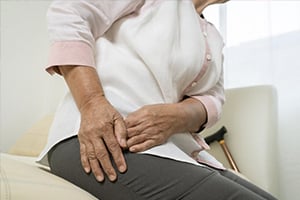
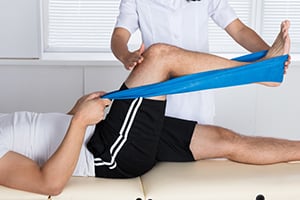
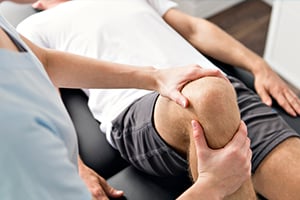


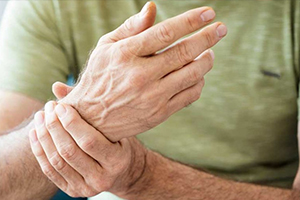
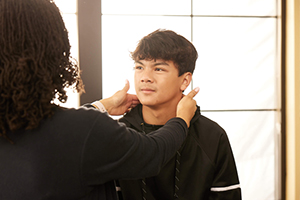
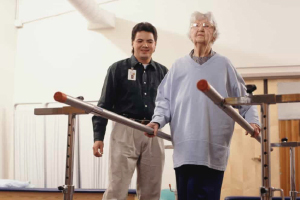

 Call
Call